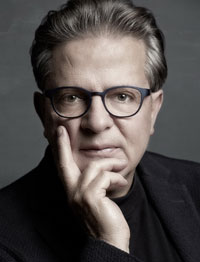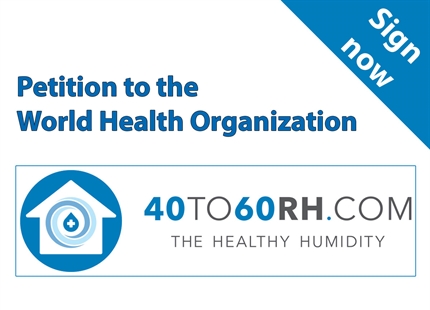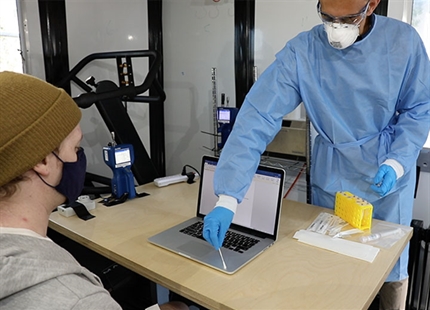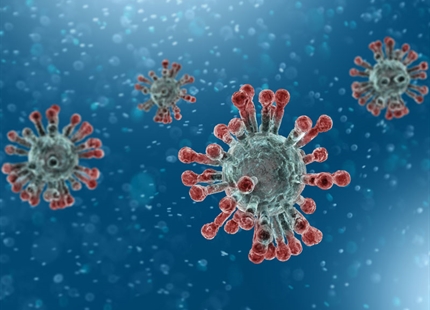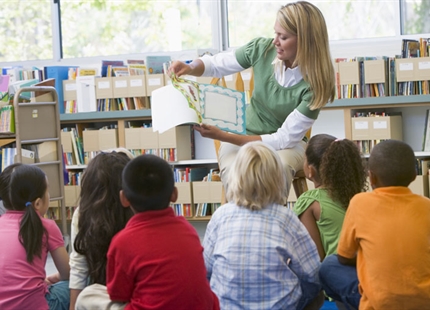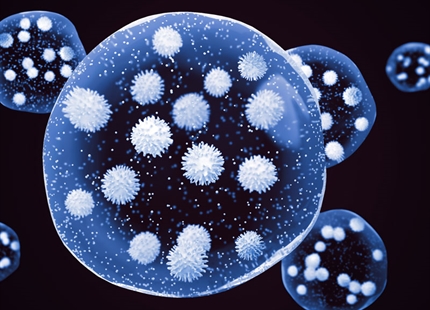Published: Sept 2018 | PLOS ONE, doi.org/10.1371/journal.pone.0204337
Humidity as a Non-Pharmaceutical Intervention for Influenza A
Jennifer M. Reiman et al 2018
Objective
This study set out to discover whether humidification of classroom environments during winter could reduce influenza virus survival and transmission.
Method
The researchers monitored the air and surfaces in four preschool classrooms for the presence of influenza A virus and its level of infectivity (ability to infect). They compared results from two humidified and two non-humidified classrooms. Across the study period, 650 measurements were taken from the air and surfaces in the rooms.
Air samplers drew in and collected airborne particles from the classrooms, which were later analysed in the lab. Play items within the environment were wrapped in paper. These wrappings were later removed and dusted for finger prints, to enable researchers to determine those objects that had been handled. These were then also analysed for infleunza A.
Pupil absence was monitored across the study period, which was from January to March 2016.
Results
- There were significantly fewer influenza A virus positive samples in the humidified vs the non-humidified classrooms, across both air samples (36% less) and surface samples (19% less).
- Of the positive samples tested for their ability to infect other cells (in a petri dish), only 17% were infectious from the humidified classrooms whilst 48% were infectious from the non-humidified classrooms.
- 2.3 times more children were absent due to influenza-like illnesses from the non-humidified than the humidified classrooms during the study period. Absences from other illnesses were the same across both humidified and non-humidified classrooms
Conclusion
The outcomes strongly support the hypothesis that deliberate humidification can mitigate influenza A virus activity in a school environment. This is the first prospectve study suggesting that humidification could serve as a scalable non-pharmaceutical intervention for influenza or other viral outbreaks.

Jennifer M. Reiman, PhD, Mayo Clinic
“This is really exciting data, because we see that, in the humidified room, we're reducing the amount of flu that we see in the air, which is the main way that flu is transmitted, and also on surfaces, the secondary route.”
The presence and infectivity of flu was monitored, in the air and on surfaces, across both humidified and non-humidified classrooms


